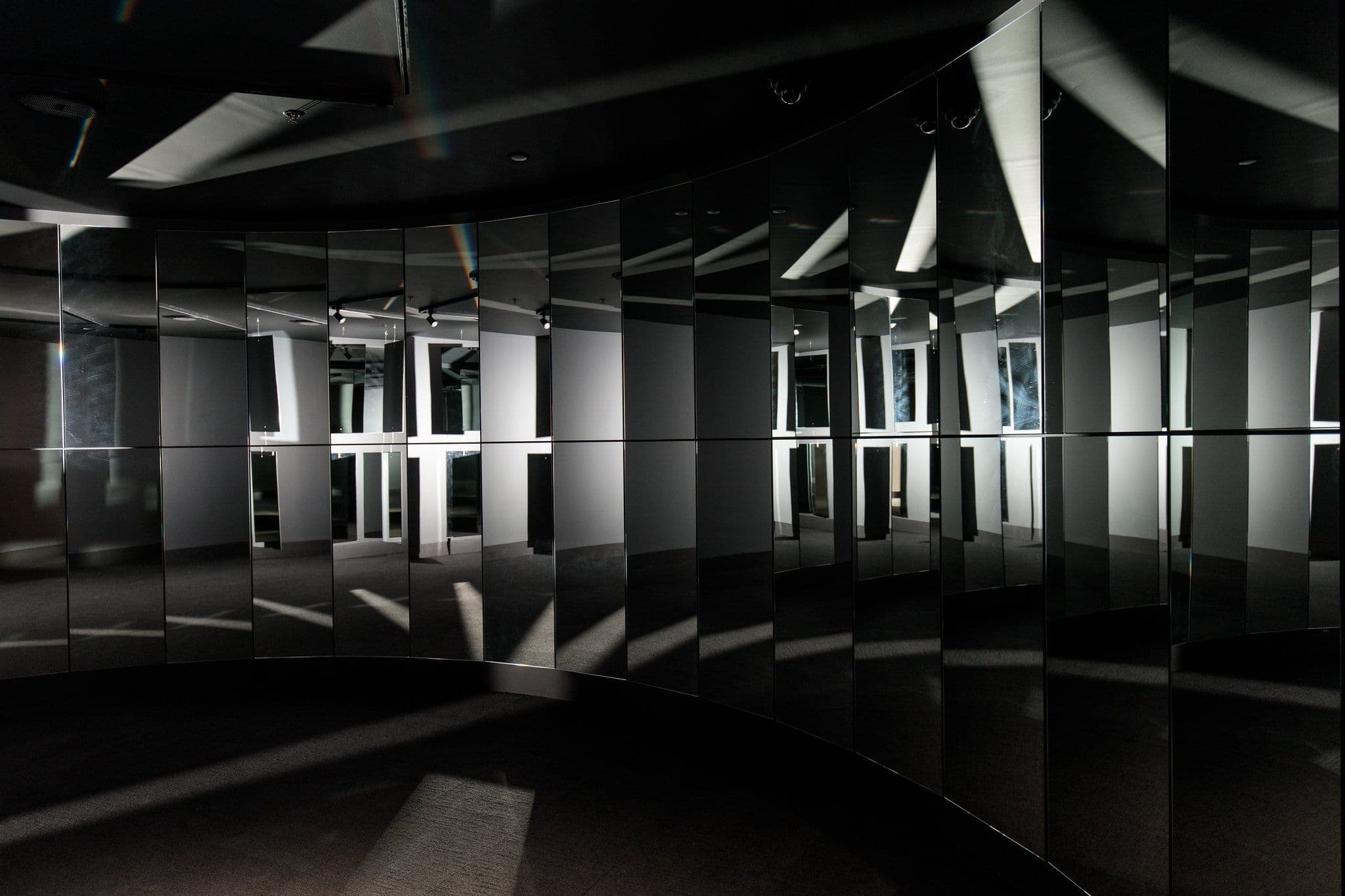Zero

Zero is silence. Zero is the beginning. Zero is round. Zero spins. Zero is the moon.
—Heinz Mack, Otto Piene and Günther Uecker, Zero’s founding trio
In 1958 some students in Düsseldorf started to make art that ran against the style and feeling of the moment. This was Germany, in the aftermath of World War II. The mood wasn’t light. But for these young people, it was time to break free from the anxious individualism that seemed to oppress the artists of the time.
Zero was named for its promise of new beginnings. (Later, ‘ZERO’ denoted the international incarnation of a movement.) Art was not something to be painfully extracted in solitude, but to be assembled and constructed alongside your peers, using whatever materials you could get your hands on at the time: cardboard, metal, cloth, mirrors, smoke… They banged nails, smashed bottles, poked holes, and cut up each other’s canvases. Strikingly disparate styles and techniques were united by the artists’ drive to provoke a strong sensory experience in the viewer. One-night exhibitions, put together in their studios, drew enthusiastic crowds, and eventually, the attention of Germany, Europe, and beyond. They weren’t interested in trawling through the ashes of the far or recent past. They wanted to stage an exhibition on the moon.
Yes, I dream of a better world.
Should I dream of a worse?
Yes, I desire a wider world.
Should I desire a narrower?
—Otto Piene
For the first time in Australia, some of the key international figures of the movement will be shown together at Mona. You will pass through a series of chambers, each an immersive exploration of an important aspect of the Zero phenomenon: vibration. Artists such as Heinz Mack, Otto Piene, Günther Uecker, Yayoi Kusama, Nanda Vigo, Yves Klein, Marcel Duchamp and Lucio Fontana exploit the effects of reflection, saturation, grade, density, and distortion to produce a sense of movement in the viewer.
The original group disbanded in 1966, marking the occasion with a party. Heinz Mack wrote that he found the ending ‘quite as liberating’ as the beginning. But was this intensely creative moment in art history really concluded so decisively? Perhaps ZERO is better thought of less as an art-historical epoch than as a timeless ‘way of seeing’. Either way, it was part of an opening up, over the course of the twentieth century, of traditional ideas about what art could be.
These artists dreamed of an exhibition on the moon. Perhaps Tassie is as close (or far) as they are going to get.
Exhibition concept by Tijs Visser
When:
9 June 2018–22 April 2019
Location:

The original ZERO artists didn’t have any money. Neither do you.
In honour of those broke artists, behold: a fifteen-buck catalogue about the exhibition and the artworks therein. With art wank from Mona’s Jane Clark and not-Mona’s Serge Lemoine. And lots of pictures to look at before attempting to fold the damn thing back up again.
Sold out
The original ZERO artists didn’t have any money. Neither do you.
In honour of those broke artists, behold: a fifteen-buck catalogue about the exhibition and the artworks therein. With art wank from Mona’s Jane Clark and not-Mona’s Serge Lemoine. And lots of pictures to look at before attempting to fold the damn thing back up again.
Sold outArtists:
Heinz MackOtto PieneGünther UeckerLucio FontanaYves KleinHenk PeetersNanda VigoAdolf LutherEnrico CastellaniJesús Rafael SotoGianni ColomboGrazia VariscoChristian MegertWith:
Yaacov AgamJosef AlbersGetulino AlvianiArmanHans ArpBernard AubertinPol BuryGabriele De VecchiMarcel DuchampWilfried ElfersKarl GerstnerYayoi KusamaWalter LeblancJulio Le ParcRoy LichtensteinFrançois MorelletRobert RauchenbergKonrad B. SchäuffelenNicolas SchöfferPaul TalmanJean TinguelyVictor VasarelyExhibition concept:
Tijs Visser
Header image: Spiegelenvironment (Mirror Environment), 1963 recreated in 2018, Christian Megert
Installation with mirrors, wood, metal
Variable dimensions
Collection Christian & Franziska Megert, Düsseldorf